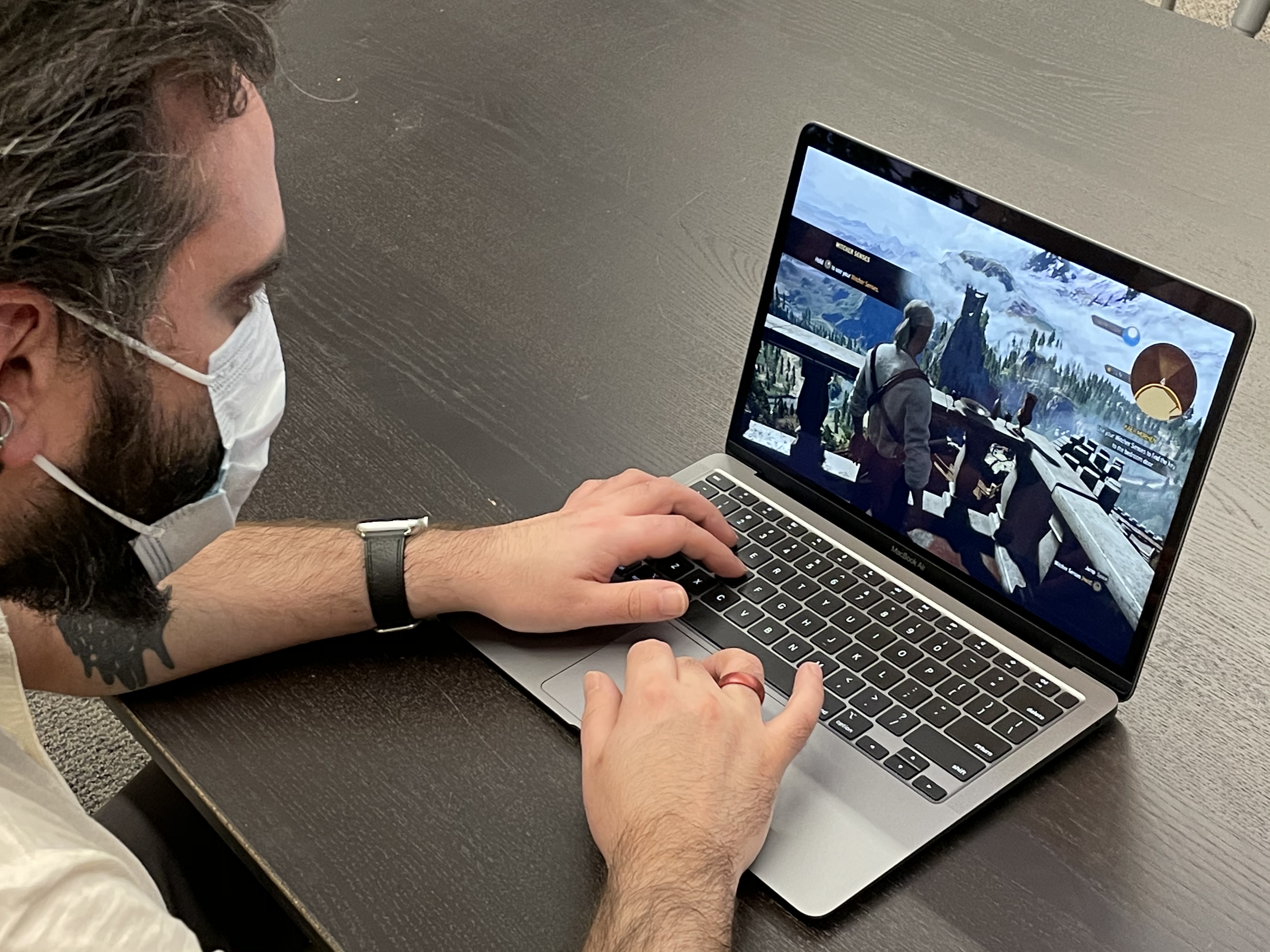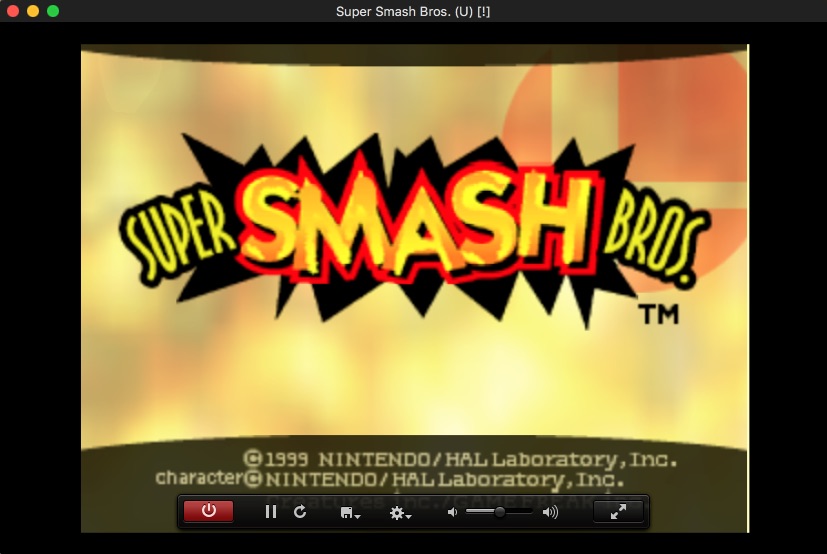

- Legacy system mac emulator mac osx#
- Legacy system mac emulator install#
- Legacy system mac emulator archive#
- Legacy system mac emulator software#
Legacy system mac emulator install#
I’ll be trying to install OSX Tiger (10.4) in PearPC, as we still have a couple original installation discs for Tiger still lying around the department, and Apple install discs are otherwise hard to come by (if you don’t like going to/supporting super dubious torrent sites, or buying overly expensive copies off Amazon). Instead I’m going to use PearPC, an old PowerPC architecture emulator (it hasn’t been updated since 2011), but one with some solid documentation to get started.
Legacy system mac emulator software#
I eliminate using VirtualBox almost right off the bat – the makers of VirtualBox explicitly state that the software does not support PowerPC architecture, which, again, doesn’t mean it’s impossible, but it does mean that unless I magically have the same computer setup as a random YouTube user, I’m completely on my own. Note: I can’t even use some of this stuff, but it’s cluttering up my desktop anyway. So, how do I help these students get a PowerPC version of OSX on one of their (Intel Mac) laptops? Anytime we need new Mac software in the department, I try it out first on my office computer, a mid-2011 iMac running OSX 10.10.5. It’s clearly possible – sift through the forums of Emaculation or other emulation enthusiast sites and you’ll find five-year-old boasts of people getting OSX Puma to run in Windows XP, or whatever – but documentation is sketchy and scattered even by internet standards, and replication therefore a crapshoot. I’m not the person to ask why – I’m assuming that the shift from PowerPC to Intel processors (starting with OSX 10.6, Snow Leopard), shifted the system architecture dramatically while the operating system remained relatively the same, resulting in a particular hardware/software configuration that just confuses the heck out of current setups, even through an emulator.

Emulators for early Mac systems (anywhere from 1.0 to 9.x) are relatively simple to set up in OSX 10.10 (Yosemite) or 10.11 (El Capitan), likewise virtual machine software like VirtualBox (all topics for another day).īut right now the early, PowerPC versions of OSX seem to be something of an emulation/virtualization dead zone.
Legacy system mac emulator archive#
Emulation has gotten incredibly sophisticated recently – the Internet Archive has even made it possible to run thousands of vintage MS-DOS and Windows 3.1 programs from an emulator inside your web browser, no additional downloads required, which is really an incredible feat of programming. In order to access software or digital files created for obsolete systems, the primary solutions these days are emulation and virtualization – two slightly different methods of, essentially, using software to trick a contemporary computer into mimicking the behavior and limitations of other hardware and/or operating systems. They could (and might still, if it comes to it) just bring the laptops to the site and run the software in the native environment, but that’s unideal for a couple reasons: first, I’m always somewhat hesitant for department equipment to leave campus and second, having old hardware running these old operating systems natively is something of a luxury, which our students may very well not have in the future as equipment continues to age, or if they work at an institution with shallower pockets for digital preservation. However, the students would only have access to the digital materials on-site at the partner institution for this project, and could not bring the software back to NYU. Normally, this wouldn’t present much of an issue, as MIAP’s “Old Media Lab” still has several old Power Mac G4 desktops and even a couple Macbook laptops running various early versions of Mac OSX.
Legacy system mac emulator mac osx#
Yes, as it turned out, the students were working with a piece of multimedia artwork/software that required a PowerPC version of Mac OSX (10.0 through 10.5) in order to run.

Going back to the lab, I had a hint of what was coming from the whiteboard: Uh oh. A couple weeks ago Mona Jimenez asked me to step into her course on Handling Complex Media, to help a student group with a tech request (business as usual).


 0 kommentar(er)
0 kommentar(er)
